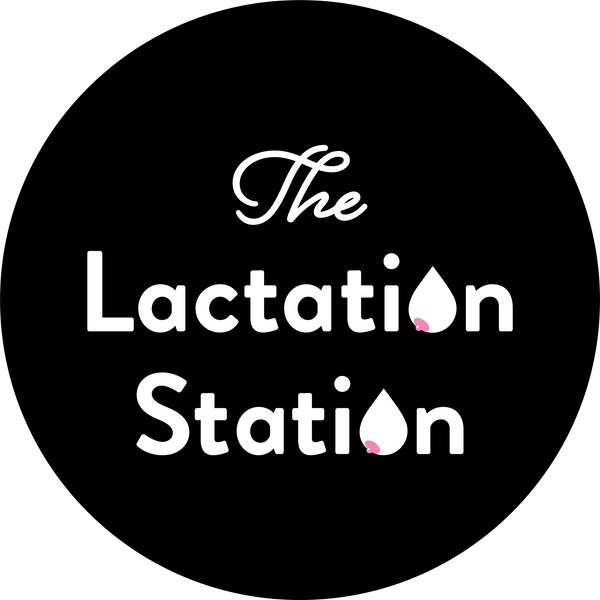Breastfeeding is a natural process that provides newborns with the necessary nutrients and antibodies for optimal growth and development. It involves the production, release, and transfer of breast milk from a lactating woman to her infant. Understanding the mechanisms of breastfeeding is crucial for both mothers and healthcare professionals to ensure successful breastfeeding experiences.
The production of breast milk, also known as lactogenesis, begins during pregnancy under the influence of hormones such as prolactin and estrogen. During pregnancy, the breasts undergo changes in size and structure, including an increase in the number of milk-producing cells called alveoli. The alveoli are responsible for synthesizing milk components, including proteins, carbohydrates, fats, vitamins, minerals, and immune factors.
Following delivery, another hormone called oxytocin plays a significant role in milk release, a process known as milk letdown or the milk ejection reflex. Oxytocin is released in response to nipple stimulation, which can be initiated by the baby suckling on the breast, the touch of the baby's hand or mouth, or even certain sounds or smells associated with breastfeeding. Oxytocin causes the muscle cells around the alveoli to contract, pushing milk into the ducts and out of the nipple for the baby to consume.
Breast milk production works on a supply and demand basis. The more frequently and effectively a baby feeds, the more milk the mother produces. This is due to a positive feedback loop: as the baby removes milk from the breast, it signals the body to produce more milk. In the first few days after delivery, the body produces a thick and creamy substance called colostrum, which is rich in antibodies and beneficial for the newborn's immune system. After a few days, transitional milk replaces colostrum, followed by mature milk, which provides complete nutrition for the baby.
While breastfeeding is a natural process, there are factors that can disrupt or inhibit milk production. One common challenge is insufficient milk supply. This may occur due to hormonal imbalances, ineffective breastfeeding techniques, or infrequent feeding. It is essential to help mothers establish a good latch and feeding routine to ensure adequate milk removal and stimulate milk production. Stress, fatigue, certain medications, or underlying medical conditions can also affect milk production.
Engorgement, a condition characterized by swollen and painful breasts, can temporarily interrupt milk production. This can happen when milk supply exceeds the baby's demand or during weaning. Proper breastfeeding techniques, feeding on demand, and using cold compresses or warm showers can help alleviate engorgement.
Breastfeeding is a dynamic process that relies on the delicate balance between milk production and removal. If breastfeeding is halted abruptly, such as when a mother decides to wean her baby or if there is a sudden separation between mother and child, milk production can gradually decrease and eventually stop. It is important to gradually reduce breastfeeding sessions and monitor for signs of decreased milk production or discomfort to avoid complications.
In summary, breastfeeding involves a complex interplay of hormones, physiology, and newborn feeding behaviors. The woman's body begins preparing for milk production during pregnancy, and after delivery, hormones like oxytocin help stimulate the release of milk in response to nipple stimulation. Proper latch, frequent and effective feeding, as well as managing potential obstacles, such as stress or hormonal imbalances, are essential for successful and sustained breastfeeding. By understanding the mechanisms of breastfeeding, women and their healthcare providers can work together to support and promote optimal breastfeeding experiences.

